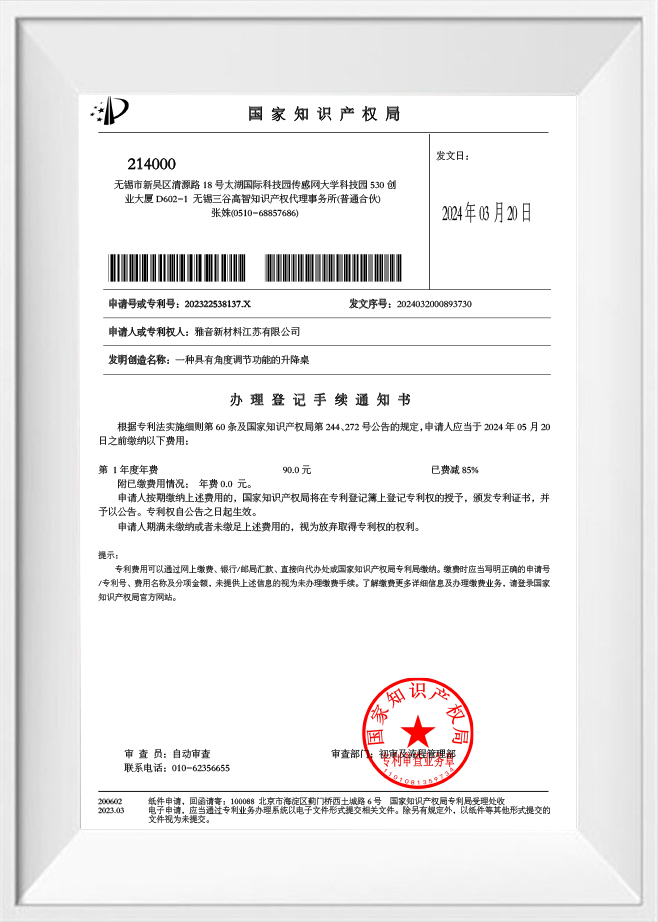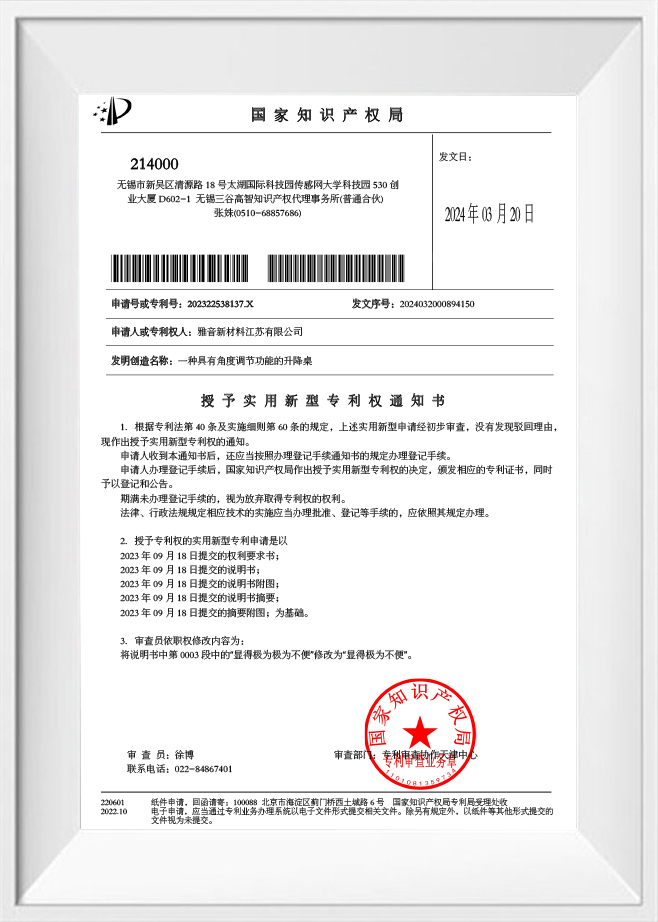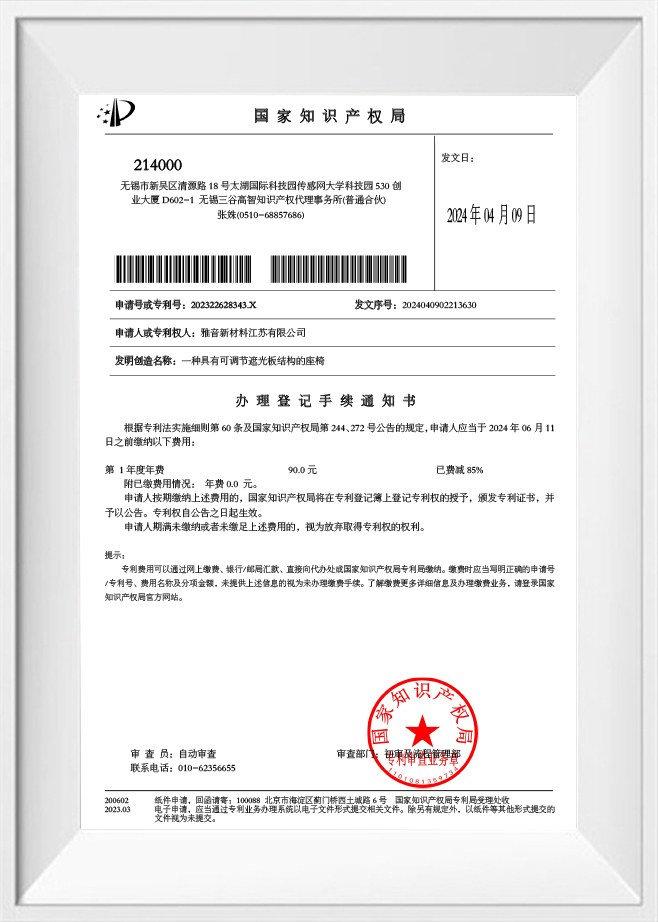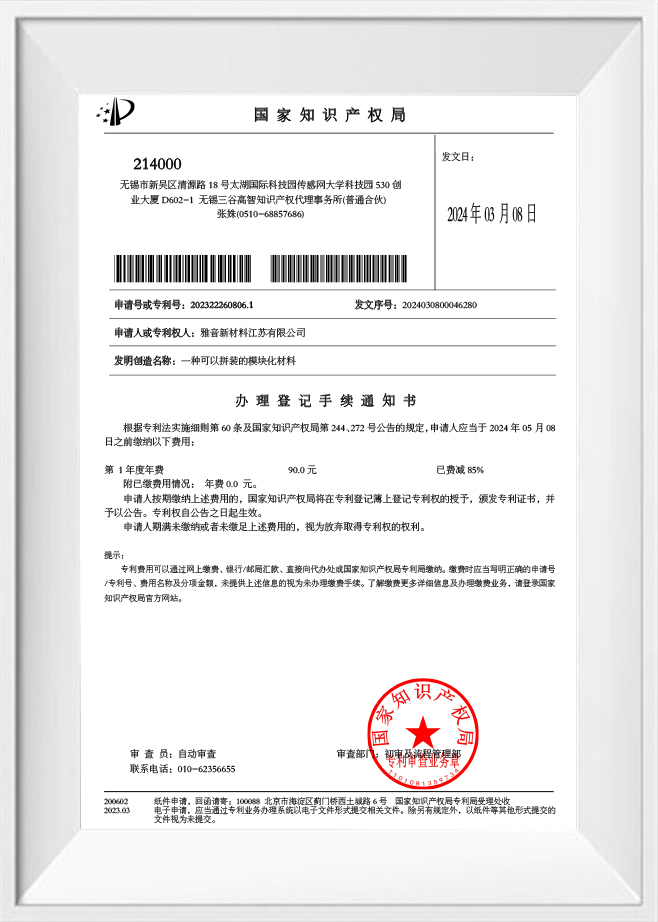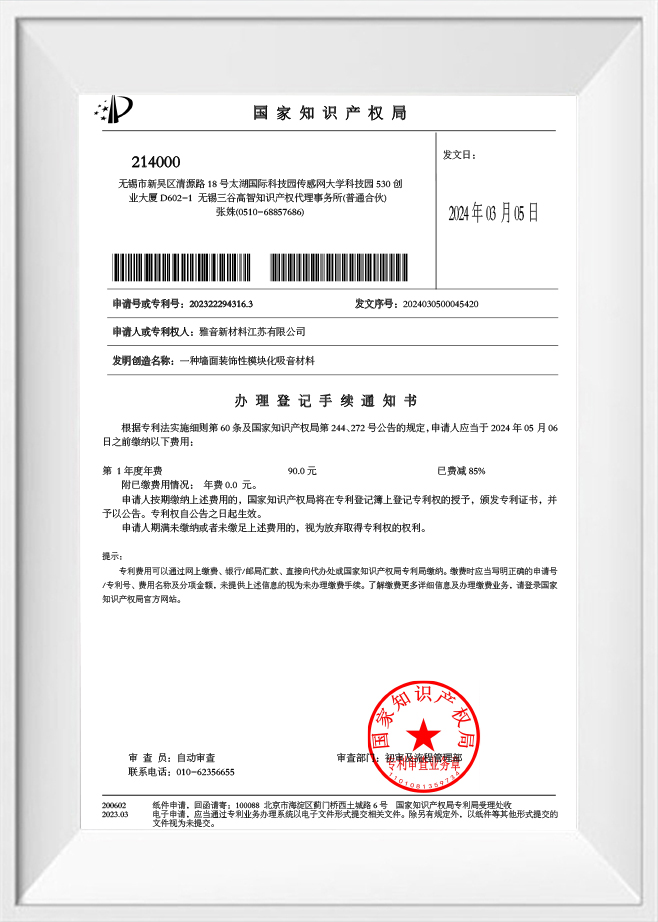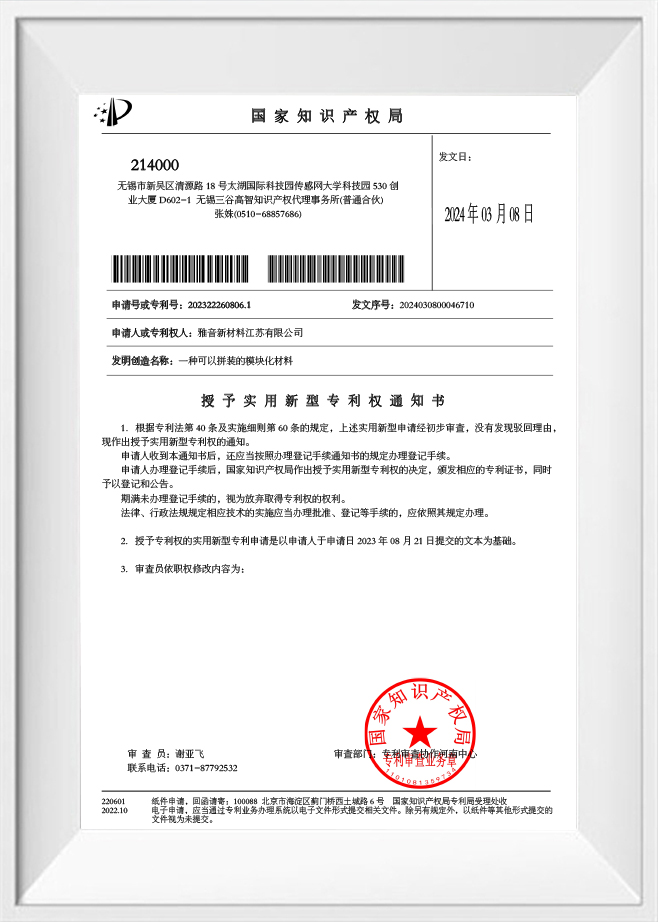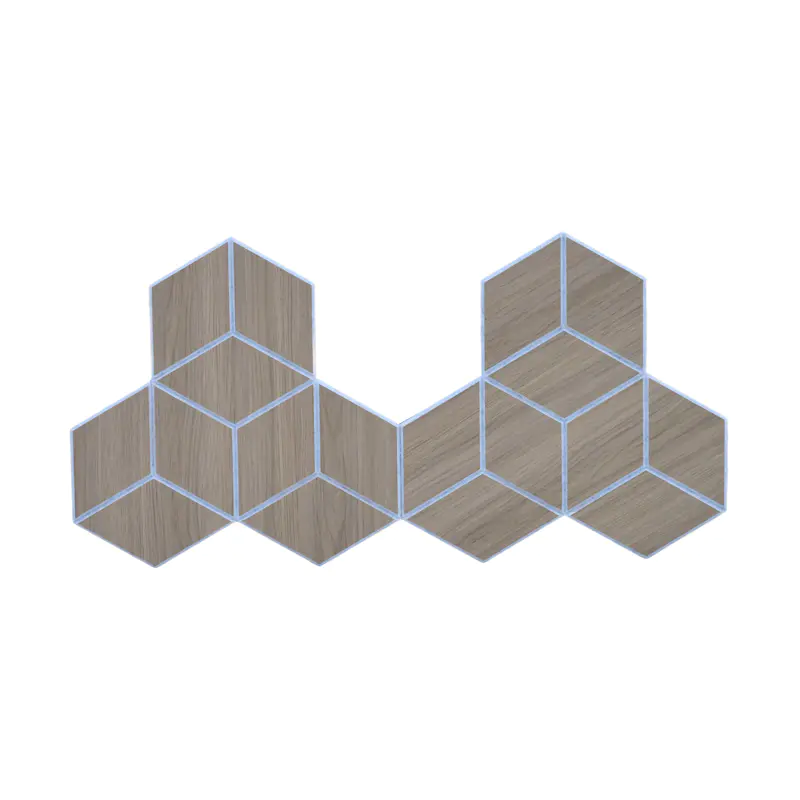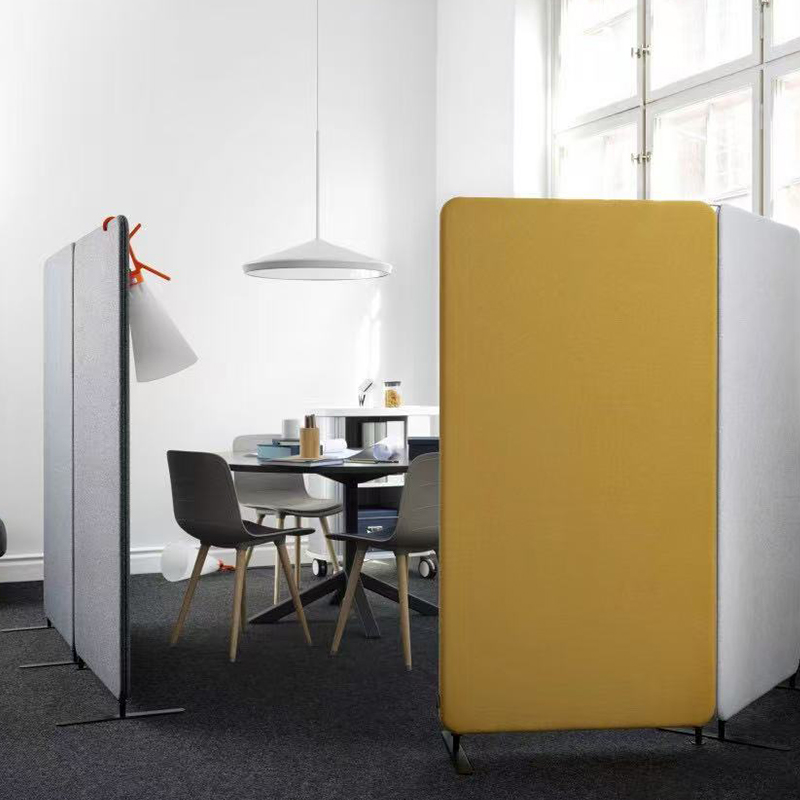What are the different types of acoustic sound diffuser panels available?
Acoustic treatment plays a vital role in creating environments that are both comfortable and acoustically balanced. Among various acoustic solutions, acoustic sound diffuser panels have emerged as a critical component in controlling sound reflections, reducing echoes, and enhancing sound quality. Unlike absorptive panels, which primarily remove sound energy, diffuser panels scatter sound waves across a room to maintain a sense of natural spaciousness.
Understanding acoustic sound diffuser panels
An acoustic sound diffuser panel is designed to disperse sound waves in multiple directions, preventing the formation of standing waves and flutter echoes. By breaking up sound reflections, these panels improve clarity and tonal balance, which is crucial for professional audio environments like studios, cinemas, and auditoriums.
Unlike traditional sound-absorbing panels, which can create overly “dead” acoustic spaces, diffuser panels allow a room to retain liveliness while controlling excessive reverberation. They are particularly effective in mid to high-frequency ranges, ensuring that the room sounds natural and balanced without introducing unwanted coloration.
Types of acoustic sound diffuser panels
Acoustic sound diffuser panels can be classified based on design, structure, and material. Each type has unique characteristics suited to specific acoustic needs.
1. Quadratic Residue Diffuser (QRD) Panels
Quadratic Residue Diffuser (QRD) panels are one of the most widely used diffuser types. They feature a series of wells of varying depths that scatter sound waves according to mathematical sequences. This design allows for diffusion across a broad frequency spectrum.
QRD panels are highly effective in studios and concert halls, providing uniform sound distribution without over-absorbing energy. They are often made of recycled polyester, wood, or medium-density fiberboard (MDF), balancing both acoustic performance and aesthetic appeal.
2. Skyline Diffuser Panels
Skyline diffuser panels utilize a three-dimensional pattern of varying block heights to diffuse sound in both horizontal and vertical directions. This design ensures omnidirectional diffusion, making them ideal for spaces where accurate sound imaging and listener immersion are critical.
Skyline panels are frequently constructed using needle-punched nonwoven polyester, which can provide additional benefits such as flame retardancy, heat insulation, and environmental sustainability. Their geometric design also allows for creative customization, offering both functional and decorative value.
3. Binary Amplitude Diffuser (BAD) Panels
Binary Amplitude Diffuser panels operate by varying the surface height in a binary sequence to scatter sound waves. Unlike QRD panels, BAD panels are simpler in design but still effective for mid-frequency sound diffusion.
They are suitable for smaller rooms or residential interiors where the goal is to reduce flutter echoes without overwhelming the space with overly complex structures. These panels can be made from recycled polyester or eco-friendly composites, aligning with sustainable acoustic solutions.
4. Hybrid Diffuser Panels
Hybrid diffuser panels combine elements of absorption and diffusion, offering a dual function in a single panel. These panels are especially useful in multi-purpose rooms, where both reverberation control and sound diffusion are required.
For instance, a hybrid panel may incorporate needle-punched polyester layers to absorb lower frequencies while featuring a patterned surface to diffuse mid and high frequencies. This versatility allows hybrid panels to meet the needs of offices, meeting rooms, cinemas, and residential spaces.
5. 3D Geometric Diffuser Panels
3D geometric diffuser panels are designed with intricate patterns, such as pyramids, waves, or fractals. These panels scatter sound across multiple axes, providing both visual and acoustic enhancement.
They are often used in high-end residential installations, recording studios, and exhibition halls, where both design aesthetics and sound quality are important. Using carbon-neutral polyester fiber allows these panels to be both sustainable and functional.
Materials and manufacturing considerations
The material of an acoustic sound diffuser panel significantly influences its performance. High-quality panels are often constructed from recycled polyester using needle-punched nonwoven technology. This process ensures that panels are lightweight, flame-retardant, and durable.
| Material Type |
Key Properties |
Typical Applications |
| Recycled polyester |
Eco-friendly, flame-retardant, heat-insulating, NRC 0.85 |
Offices, meeting rooms, schools, hospitals |
| Wood/MDF |
Strong diffusion, natural aesthetics, durable |
Studios, auditoriums, concert halls |
| Composite materials |
Hybrid absorption and diffusion, customizable |
Cinemas, exhibition halls, high-end residential |
Yayin New Materials Jiangsu Co., Ltd. specializes in producing recyclable polyester acoustic panels that meet stringent environmental and safety standards, including ASTM E84 Class A and EN13501-1 Class B. The company's use of needle-punched nonwoven technology allows for customized shapes, colors, and patterns, ensuring that acoustic performance and interior aesthetics can be tailored to project requirements.
Applications of acoustic sound diffuser panels
The versatility of acoustic sound diffuser panels makes them suitable for a wide range of environments:
- Recording studios and control rooms: Ensure clarity, accurate imaging, and tonal balance.
- Cinemas and theaters: Enhance dialogue intelligibility and immersive sound experiences.
- Offices and meeting rooms: Reduce echoes and improve speech intelligibility for collaboration.
- Schools and lecture halls: Maintain acoustic comfort while preserving speech clarity.
- Hospitals and healthcare facilities: Control noise levels while maintaining a calming environment.
- Residential interiors: Improve home theater acoustics or reduce sound reflections in living spaces.
By selecting the appropriate type and material of diffuser panel, designers can achieve a balance between functionality, sustainability, and aesthetics.
Customization and installation
Modern acoustic sound diffuser panels offer extensive customization. Panels can be cut into various shapes, sizes, and patterns, enabling them to meet both technical and decorative requirements. Needle-punched nonwoven polyester panels are particularly versatile, as they can conform to unique wall or ceiling configurations without compromising performance.
Installation is generally straightforward, with panels mounted using adhesives, brackets, or suspended systems. However, proper placement is crucial for effective diffusion. Panels should be strategically positioned to target primary reflection points, corners, and rear walls to maximize sound dispersion.
Conclusion
Selecting the right acoustic sound diffuser panel involves understanding the differences in design, material, and application. Whether choosing QRD, skyline, binary amplitude, hybrid, or 3D geometric panels, each type offers unique benefits for managing room acoustics.
Eco-friendly materials, such as recycled polyester manufactured through needle-punched nonwoven technology, provide additional advantages, including flame retardancy, heat insulation, and customizable aesthetics. With proper planning, installation, and panel selection, spaces from studios to residential interiors can achieve balanced, immersive, and natural sound environments.



